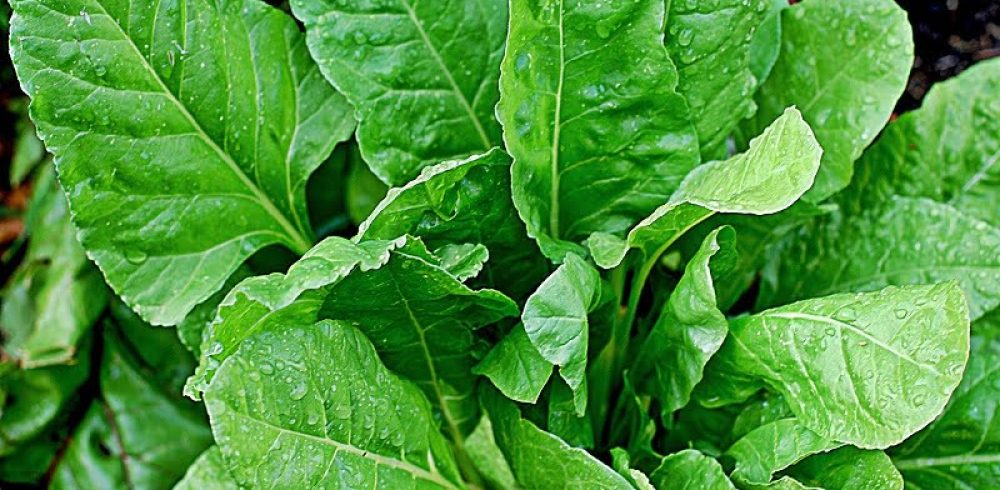Medicinal scientists have engineered a spinach leaf into a fully functioning heart tissue. This advancement is remarkable in terms of modern medicine and means researchers have taken a giant step towards solving problems of recreating the tiny, branching networks of blood vessels in human tissue. Before the spinach experiment, scientists have been working with 3D printing to recreate the delicate structures but these have remained unsuccessful.
While in the past it has been possible to create small-scale artificial samples of human like tissue these have been less accurate on a larger scale, which is essentially what developers would need to treat injury. With this unique breakthrough scientists have discovered that turning plants into human tissues by using their delicate veins could be vital in delivering blood via a vascular system. Eventually it is believed this technique could be developed to grow multiple layers of functioning heart muscle which could aid sufferers after a heart attack.
Despite animals and plants having obvious differences in ways of transporting chemicals around the body, the networks which they use to do so remain fairly similar. This process has literally opened up a new branch for this field of science and artificial hearts could soon be successful. Engineers stripped the plant cells from spinach leaves and in doing so sent microbeads and fluids similar to human blood cells through the spinach vessels. Admittedly the research is still in the early stages however as it has already proven to be successful developers are confident this is the way forward in medicinal engineering advancement.















